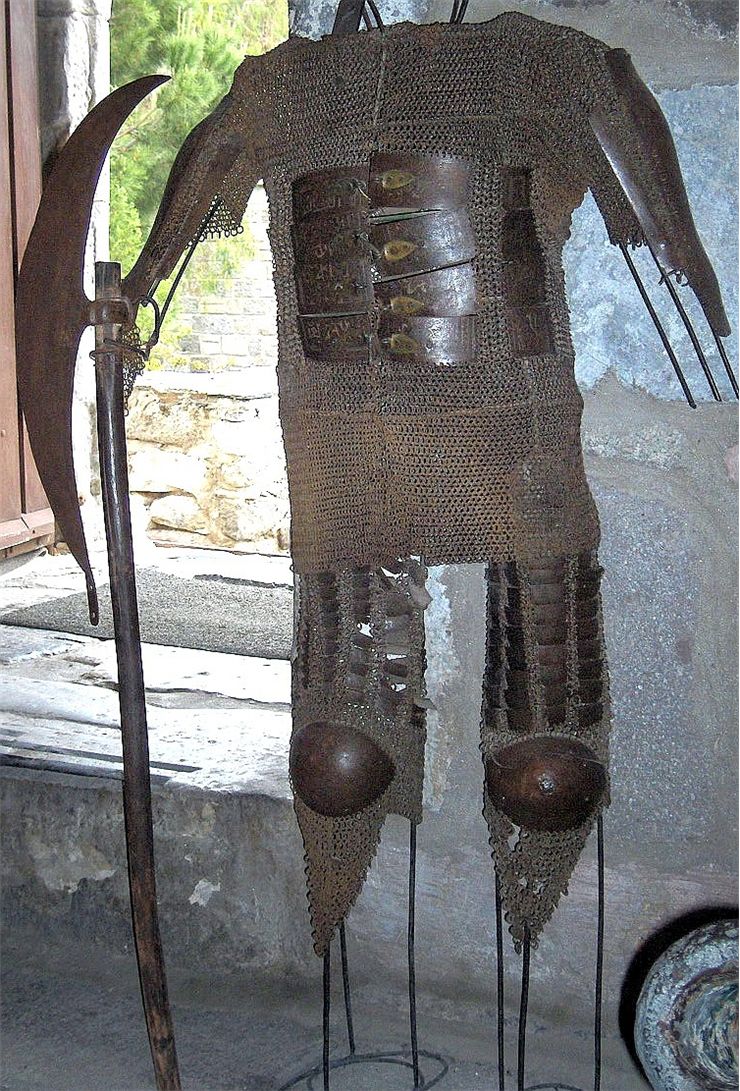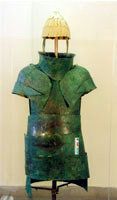History of Body Armor - Evolution of Personal Armor
History of personal armor started more than 10 thousand years ago with our pre-metal age ancestors who first started exploring more advanced materials and types of manufacture that could offer soldiers ability to protect their entire bodies, vital organs and specific areas of the body against harm that can be inflicted by the blade weapons, blunt weapons and ranged weapons. This expansion of armor technology was driven not only by the need to make soldiers more capable in larger and longer combat scenarios, but also as a reaction to the appearance of new weaponry (swords, spears, arrows, maces…) and new fighting styles.
The oldest known armor gear made from advanced materials (not animal bones, leather or wood) comes from 2nd and 1st millennia BC when first bronze blacksmiths started producing first examples of metal armor. This includes plate armor from Ancient Greece, bronze helmets of Assyrian solders from 900 BC and various metal armors (including scale mail) of eastern European Celts. Two most important civilizations who created basis of modern armor technology were Greece in the west and China in the East, but those two separate continents used knowledge of armor smiting in two very distinct directions – China and Asia was focused on elaborate armors that settled on very elaborate plated armors and enhanced leather armors, while Europe was home of countless armor types that included hauberk, mail armor, brigandine, laminar armor, plated mail, scale armor, splintered armor, cuirass, and of course full-plate mail whose popularity and need to expand protected mail eventually gave birth to “suit of armor”. However, the road of expansion of body armor types in Europe went through several distinct ages in which armors received significant upgrades, or in some cases even removed personal body armor protection.
Development of armor in ancient times was spearheaded by Greece (who was divided in many warring states), China (who was similar problems but on much larger land area and more than 2000 years of warfare) and Rome (whose military might have managed to conquer large parts of Europe, northern Africa and Middle East). After fall of Western Roman Empire in 5th century AD, medieval Europe was left divided into many warring states that slowly started to better exploit metallurgy and advanced armoring techniques. With better armors came better weapons, armored cavalry, and eventual creation of ultimate example of personal protection – “suits of armor” that used between 15 and 20 individual armor pieces to cover soldiers (most regular called knights) into metal protection from their head to toes. With around 30kg of metal on their bodies, knights were capable to be almost unstoppable on the battlefield between 14th and early 17th century, with great ability to be protected from bladed weapons and arrows (blunt weapons however were problem). Presence of full plate armors was so common during height of their popularity, that history remembers battles in which more than 10 thousands of full plate soldiers battled one against the other. However, dominance of full plate armor and full plate armored cavalry came to the end with the popularization of crossbows and first gunpowder weapons.
First muskets changed the history of personal body armor forever, making vast majority of armor gear completely obsolete. Battles were no longer fought using melee weapons, and high power of guns made all but heaviest armor pieces ineffective. During first two centuries after guns were introduced, metal armors were almost completely dropped for use (except in the New World, where battles against poorly armed natives still gave advantage to armored soldiers). Personal body protection returned slowly, at first slowly during World War I, slightly better during World War 2, but true advancement was seen only after arrival of industrially made advanced materials such as plastic, reinforced ceramics and Kevlar. With the arrival of those materials, personal body armor became commonplace in both government armies and local law enforcement agencies (bulletproof vest, helmets and special shields whose many types are used in many specific situations).
Today after more than 4 thousand years of body armor history, modern soldiers and law enforcement members are focused on providing protection for their members by focusing on armor pieces that can withstand gunshot wounds, with protection against bladed weapons being handled as a secondary concern (except for specialized law enforcement units that are trained for close quarter combat, riot control and hostage rescue).

